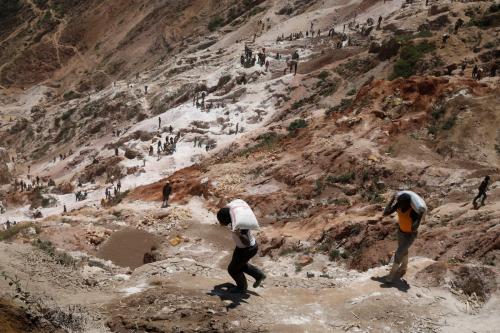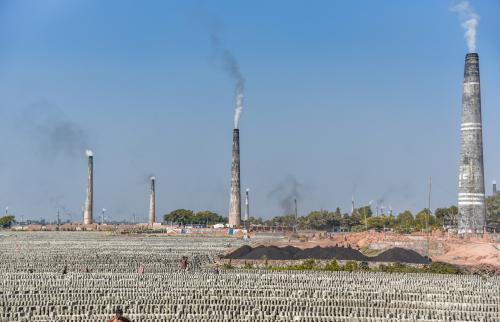The Vietnamese government has adopted numerous national policies related to climate change adaptation and disaster risk reduction, reflecting its concern and attention to the issues. In this context, relocation programs feature as one of the government’s key climate change adaptation strategies to decrease the exposure and vulnerability of populations at risk. This case study seeks to shed some light on government relocation outcomes based on empirical findings from two upstream areas—Vinh Tri commune, Long An province and Long Thuan commune, Dong Thap province.
Population redistribution and state-managed relocation have historically been prominent policies in Vietnam, undertaken for a variety of reasons, including disaster risk reduction. The Land Law and its ideological underpinnings offer valuable insights into legal frameworks on planned relocation, land reclamation, and compensation. This case study explores empirical findings within this broader policy context.
Ultimately, the designation of households targeted for relocation is at the discretion of local authorities, who select households based on their exposure to the hazard in question and their poverty status. While Poor and Near-poor households (as they are designated by officials) are eligible for long-term, low-interest government loans to fund the move (to cover the costs of the housing plot and house construction), Better off households are given the option to purchase housing plots in the relocation sites.
On the whole, financial allocation and management lack transparency at the local level, raising doubts as to the quality of relocation sites and their management as well as the feasibility and rationale for the programs’ loan-centered structure.
With regard to community participation, given Vietnam’s political context and the decentralized structure of policy implementation, decisions about target populations to be relocated and relocation sites are left largely to the discretion of local authorities. Community participation in decisions about relocations is lacking.
Regarding individuals’ motivation to relocate, a strong incentive was found to be the opportunity to own a permanent house normally beyond the means of poor households. Given that relocations occur within commune boundaries, the programs also allow for households to remain in their current commune and hometown.
Nevertheless, differences in the dominant environmental stressors between the two locations produced divergent outcomes. Whereas riverbank erosion in Long Thuan left households with no options but to move elsewhere, seasonal flooding in Vinh Tri did not pose enough pressure on its own to force households to relocate. Importantly, however, wealth differentials were apparent in terms of adaptation measures available, with wealthier households having access to a greater range of adaptation measures in both locations.
Overall, while the relocation programs in Vinh Tri and Long Thuan have been able to provide households with safe homes away from hazards, they have often done so at the cost of short and long-term livelihood outcomes. Accordingly, the majority of households reported decreased incomes following relocation, as well as the inability to repay debts incurred as part of the relocation process. These are significant findings which raise questions about the loan-centered approach of the relocation programs, particularly as the targets of relocation for climate change adaptation are poor households, who on the whole struggle to put aside any savings after covering their subsistence costs.
However, long term vulnerability has been exacerbated by relocation in Vinh Tri and Long Thuan, particularly for poor households. This is reflected in the increased debt accrued as part of the relocation process, as well as the negative livelihood outcomes for the majority of households.



